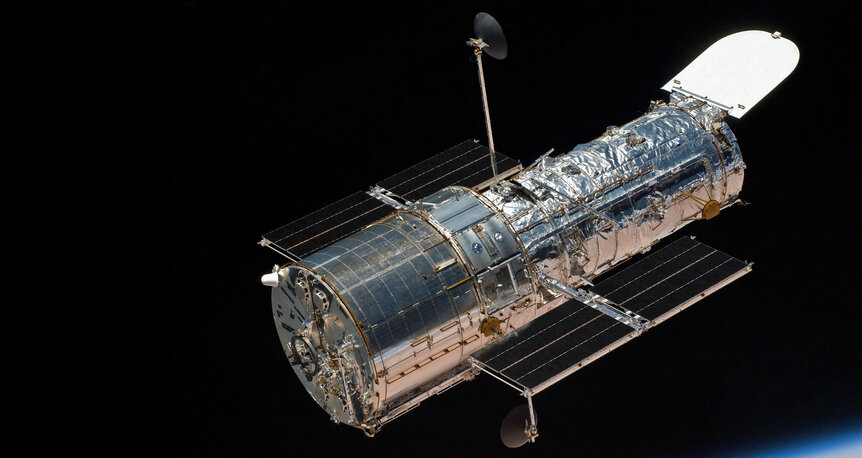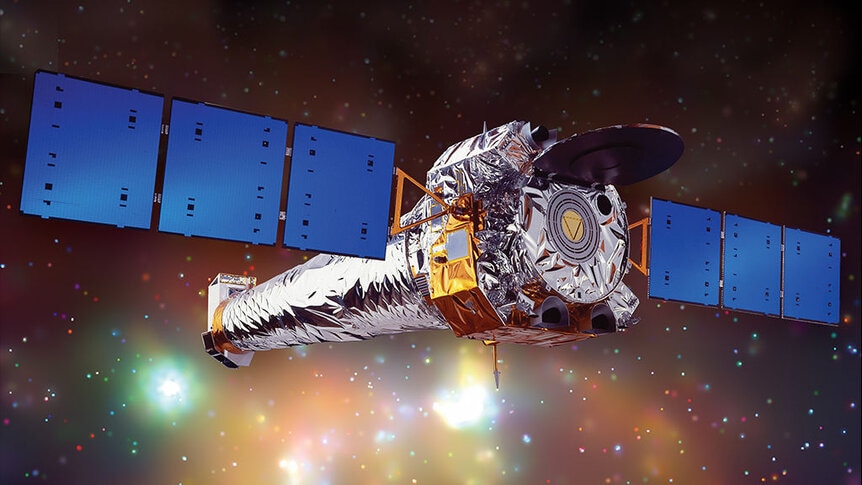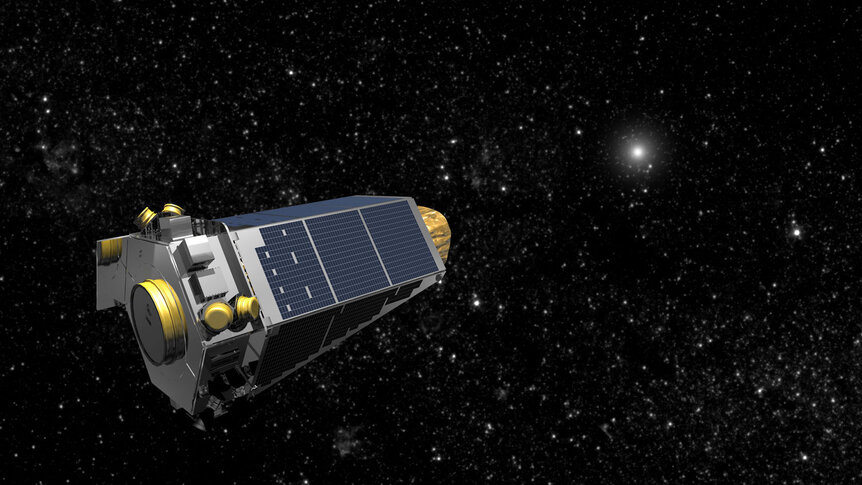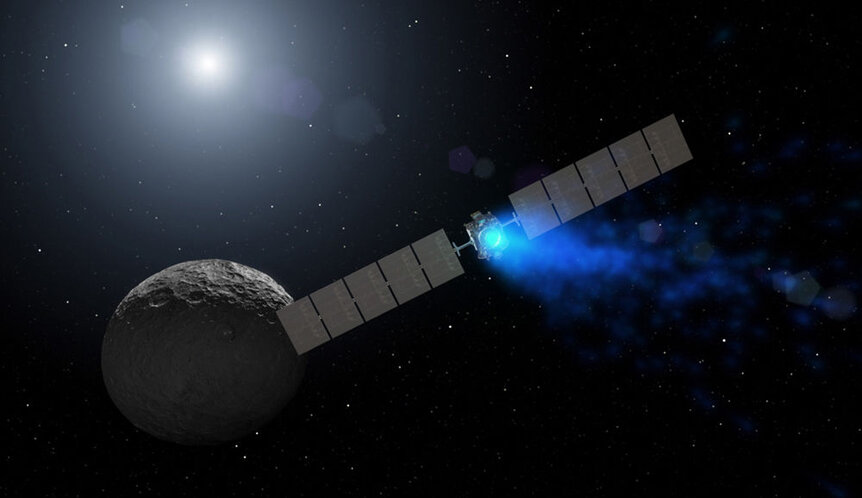Create a free profile to get unlimited access to exclusive videos, sweepstakes, and more!
Good news and bad news: Hubble and Chandra back on duty, Kepler and Dawn may be at the ends of their missions
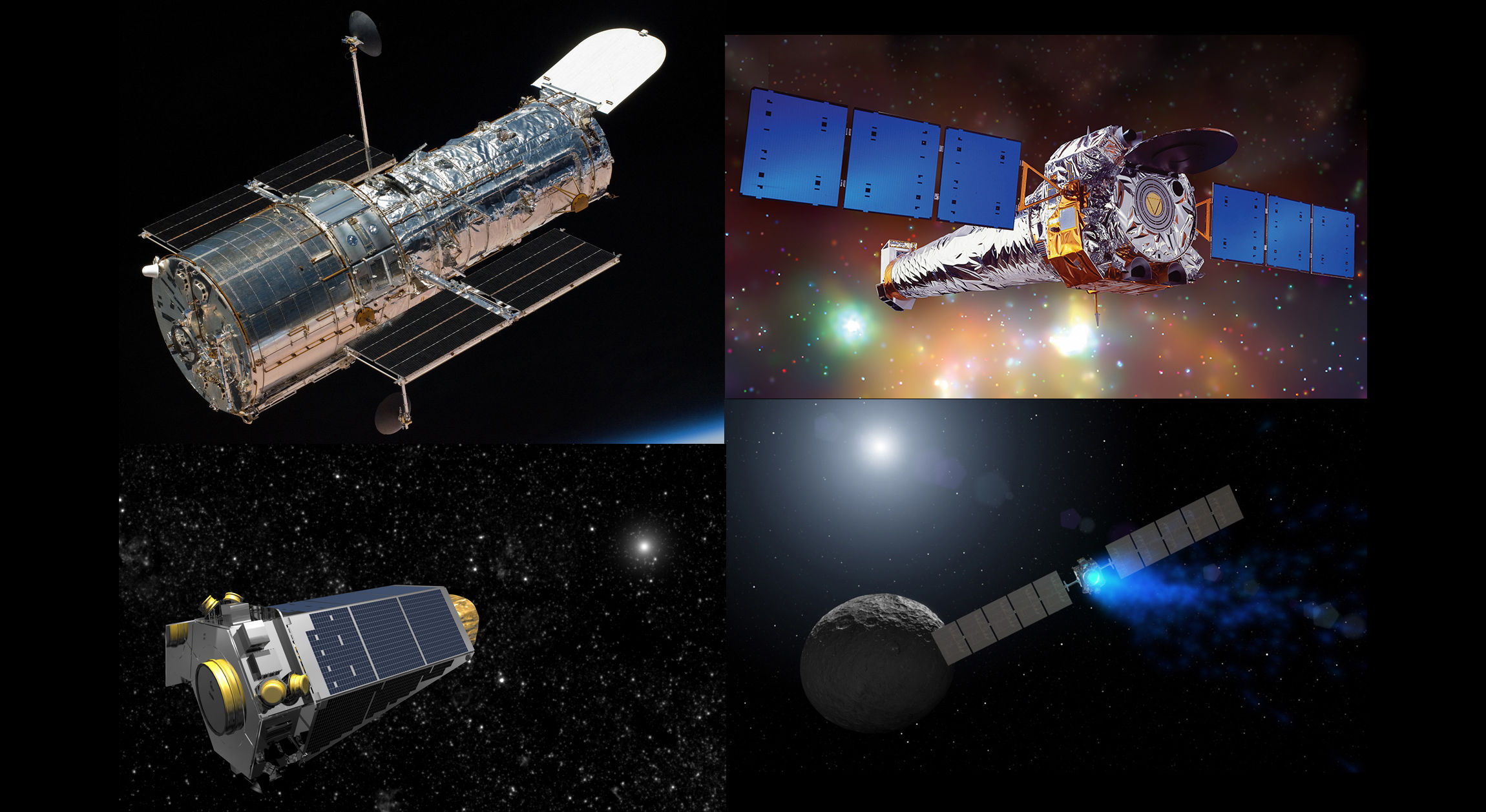
UPDATE (Oct. 30, 2018): As expected (see below), NASA has officially announced that the Kepler exoplanet mission is at an end. It ran out of fuel, and can no longer be used to observe. It will be commanded to shut down shortly. It orbits the Sun, not the Earth, and will remain a satellite of our star for a long, long time: Fitting, for a mission that found so many planets orbiting other stars. The official tally for the spacecraft as of today: Over its nearly 10-year mission it found 2,681 confirmed planets (so far), and 2,899 candidates that await confirmation. Not bad, given that when it launched fewer than 500 were known. It was an eye-opening mission, showing us that planets may outnumber stars in our galaxy, meaning there could be a trillion planets out there in the Milky Way alone. That's a fine, fine legacy. My deeply profound thanks go to everyone involved in the mission.
UPDATE 2 (Nov. 1, 2018): Another sad update: NASA just announced that the Dawn mission is now over, too. As explained below, this was expected; the spacecraft has been extremely low on fuel for some time. It missed a couple of scheduled communication downlinks, and it's clear that it is no longer able to point itself — it must be out of hydrazine fuel for its thrusters, so it can no longer talk to Earth or take science observations. Dawn is orbiting the protoplanet Ceres in the main asteroid belt, and will stay in orbit likely for 50 years. It's not clear what will happen after that; NASA has protocols about contamination that disallow it from landing on Ceres, but I'd expect orbital shifts may include that possibility in a few decades. I'll update here if I learn more.
The news is decidedly mixed when it comes to space-based astronomy this week: Two major space observatories are back up and running after each had a scare, while two others look like they’re about see the ends of their operational lives.
First, the good news.
Good news, part 1:
On October 5, Hubble Space Telescope stopped normal operations and put itself into “safe mode,” shutting down non-critical systems, closing its aperture door, and orienting itself in a neutral position. This happened because a gyroscope used to keep the telescope pointed at its targets died.
Typically, three gyros are used to keep the observatory locked onto its observing target. There are six on board, three used for operations and three turned off, held back in reserve in case they are eventually needed. Two gyros died a few years back, leaving three operational and one in reserve.
Now that one of the remaining operational ones has died, the one in reserve had to be drafted into use. But when engineers turned it back on and spun it up, tests indicated it wasn’t reporting its own behavior correctly, sending bad telemetry down to controllers (it was reporting its spin rate higher than it actually was).
The good news is, it’s now working properly! The way they fixed it is really something: the equivalent of turning it off and back on (literally) while banging on the side of the telescope (figuratively).
Basically, they commanded the observatory to do a series of maneuvers intended to dislodge anything blocking the components inside the gyro (each of which use a rapidly spinning cylinder inside a fluid). While doing this, they switched the gyro from one “operational mode” to another, literally making it spin faster and slower. This appeared to work, as the reported rotation rates sent down to Earth returned to normal.
A series of tests were performed, which Hubble passed! So, yay: Normal operations have resumed, and in fact Hubble began observing again on Saturday, Oct. 27. The target was an extremely distant galaxy in the constellation of Pegasus called SAS-LBG DSF2237b-1-IR.
Just so’s you know, Hubble launched in 1990. It’s nice to see it back on the job.
Good news, part 2:
On October 10, the Chandra X-Ray Observatory also went into safe mode. Somewhat coincidentally, it was also caused by a malfunctioning gyro. (I say “somewhat” because gyros, being not only moving parts but ones that spin at high speeds, tend to fail after a few years.) There’s an onboard computer that determines the spacecraft’s momentum (that is, how quickly it moves from target to target), and a glitch in the gyro caused bad info to be sent to that computer. It fed that bad data into its software and calculated an anomalous motion for the observatory, and freaked out. That’s what triggered Chandra to go into safe mode.
That gyro was put in reserve, and one that was already in reserve was fired up. Unlike with Hubble, this one appears to have started up just fine. On October 21, science observations started up once again and the 19-year-old spacecraft (it launched in 1999) is also back on the job.
And so, now the bad news.
Bad news part 1:
The Kepler spacecraft may be dead.
Kepler was launched in March 2009 for one purpose: to look for exoplanets, worlds orbiting other stars. It uses the transit method, looking for dips in starlight caused by the mini-eclipse when a planet passes in front of the star. It’s worked: Kepler has found over 2,300 confirmed exoplanets!
But its days are numbered. It uses thrusters, basically very weak rocket motors, to correct for drift and to change its pointing. The thrusters use fuel, which is a finite resource; it’s been known for some time that fuel has been running low. In late August one thruster started behaving oddly, and while Kepler was able to continue observing, a month later it was clear the pointing accuracy was degraded. Deciding to make sure the still high-quality science observations just taken would be safe, they powered the spacecraft down and put it to sleep.
On Oct. 11 they woke it back up and maneuvered the spacecraft into position to transfer the data down to Earth. After three days, that downlink was complete.
Hoping things were OK, the spacecraft was commanded to start its next set of observations. However, on October 19, during a routine telemetry session, the Kepler team found out the spacecraft had put itself to sleep. Engineers are looking at the data, but as of right now it’s unclear what Kepler’s status is.
I’ll note that even among NASA’s brilliant history, this is one of the most successful missions ever. It had a planned 3.5-year mission that was extended after a great performance. In 2013 it suffered a major malfunction, losing use of one of its reaction wheels, used to help turn and point the observatory. An ingenious fix was found, using the pressure of sunlight itself to help move the spacecraft, and this new “K2” mission has been working ever since.
So this is bittersweet news. You never want to hear about the loss of a spacecraft (if that’s indeed what’s happening here), but in this case the mission is such a spectacular success — it’s found thousands of alien planets! — that this is some consolation.
Bad news part 2:
The Dawn mission may be on its last legs, too.
Dawn is another ridiculously successful mission. Launched in 2007, it first visited the protoplanet Vesta in the main asteroid belt, spent a year there, then moved on to Ceres, the largest object between Mars and Jupiter — the first time in human history a spacecraft had orbited two separate extraterrestrial bodies.
But, like Kepler, it’s almost out of fuel. In this case that’s hydrazine, used in its thrusters to enter and change its orbits around Ceres. It’s not clear how much is left, but it’s very doubtful the mission will last to the end of the year.
Like Kepler, it lost its reaction wheels over the course of the mission, but clever engineering allowed the mission to carry on. But once it’s out of fuel, that’s that.
I could wax lyrical for some time about this amazing mission, but instead I’ll steer you to the Dawn Journal, written by Dawn Chief Engineer/Mission Director Marc Raymond, on the occasion of Dawn’s 11th anniversary of launch on September 27. You’ll learn a lot about it there, and have fun doing so.
I’ve worked on some space missions over the years, and it’s hard on the psyche. You can spend years prepping and planning, and if ten thousand things go right but the ten-thousand-and-first goes wrong, well, you can be left with nothing.
Or, if that 10,001st thing waits long enough, you can be left with a vast legacy of exploration and a database of observations that astronomers and planetary scientists will delight in poring over for decades.
All four of these missions can lay claim to that. To the teams of these missions, and to the future scientists, students, and engineers who will use them, I feel I can speak for the humans of Planet Earth when I say, thank you.
Per aspera, ad astra.
